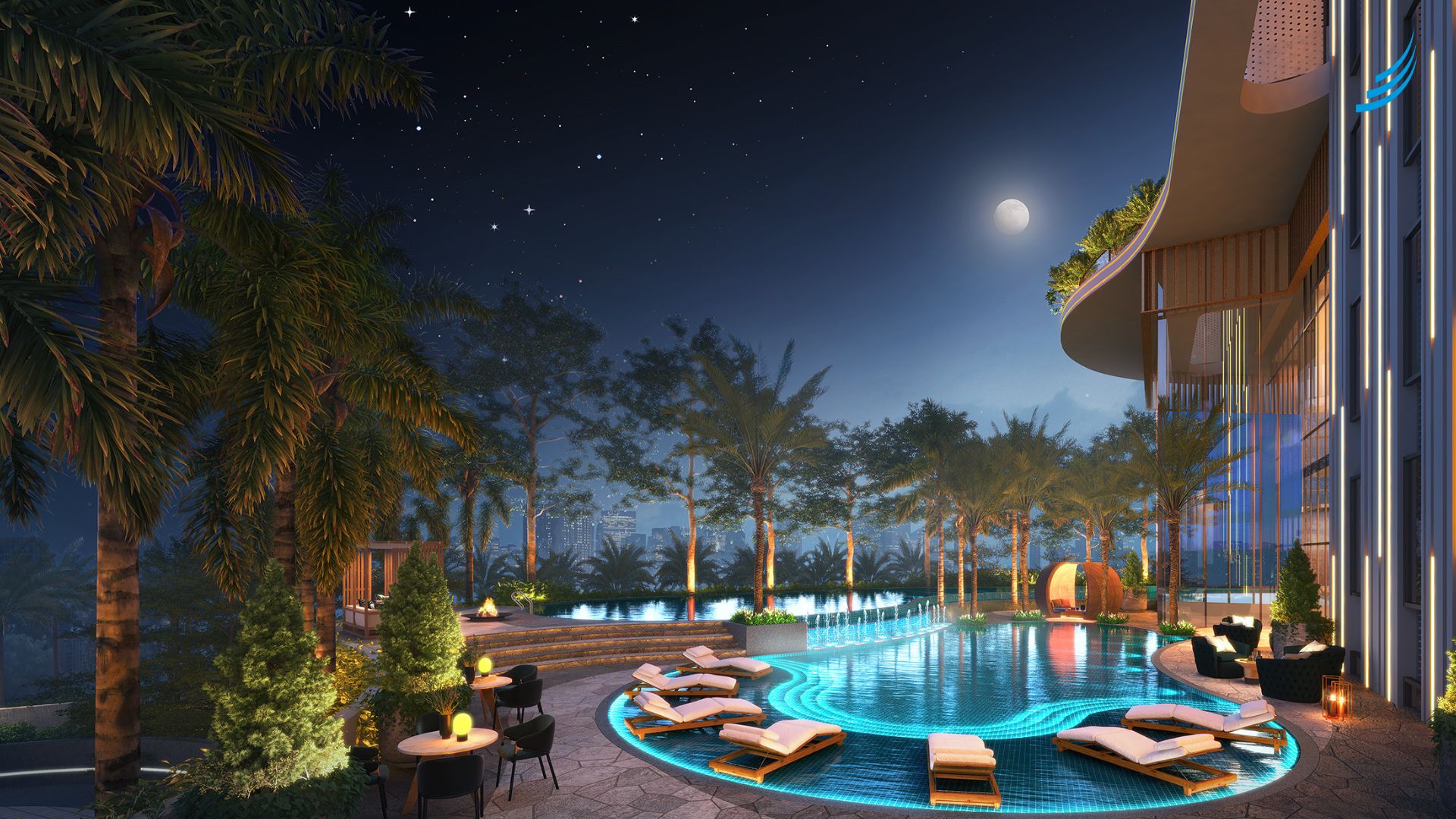
In today’s competitive architectural industry, high-quality visuals are essential to showcase spaces realistically and attractively. And that’s why 3D architectural visualization has become a powerful tool to bring concepts to life. So, having a well-rendered project can elevate your brand value and impression.
Keeping the importance in mind, we have discussed here how to identify the differences between high-quality and poor-quality 3D architectural visualization work, helping you make informed choices when selecting an architectural visualization studio or 3D visualization service.
High-quality 3D visualization work from a professional architectural visualization studio is marked by exceptional realism. Look for realistic textures, precise lighting, and lifelike shadows. Quality 3D visualization services emphasize details like subtle shadows, the texture of materials, and the play of light in a room. Such detailing makes the image feel real and immersive.
In contrast, poor-quality visualizations may look flat, cartoonish, or artificial, with minimal texturing and overly simplified shapes. Quality 3D visualization services emphasize attention to detail, capturing elements like natural light dynamics, material reflections, and environmental effects. Poor-quality rendering often lacks depth and detail, resulting in flat and artificial visuals.
Lightning is one of the most complex aspects of the 3d visualization. Good quality architectural renderings use advanced lighting techniques to produce natural and artificial light sources, ensuring that the scene looks realistic and compelling. Proper lighting improves the depth and surroundings of the space, making the environment appear captivating and authentic. From furniture styles to color palettes and proportions, this level of attention to detail brings out a harmonious and realistic scene.
Poor-quality renders often lack this cohesion. Furniture or decors may be out of scale, poorly placed, or inconsistent with the scene’s overall design. Such inconsistency makes it challenging for viewers to submerge themselves in the space, and the lack of cohesion undermines the visualization’s effectiveness.
The resolution of a 3D architectural visualization is critical, especially if the images will be used for print or large-scale digital displays. High-quality architectural rendering services provide high-resolution images that look sharp and clear, allowing viewers to appreciate every detail. Crisp visuals are essential for creating a realistic and professional presentation that enhances the viewer’s impression of the project.
In contrast, poor-quality renders often suffer from low resolution, resulting in blurry or pixilated visuals when enlarged. Low-resolution renders not only look unprofessional but also fail to convey the finer details of the design. When evaluating a 3D visualization service, ask for high-resolution samples to ensure that their work meets the standards you need.
Composition and perspective play a significant role in how engaging and realistic a 3D render appears. High-quality 3D architectural visualization uses carefully chosen camera angles and well-balanced compositions to highlight key features of the design. The perspectives are set to mimic the human eye level, creating a natural sense of space and proportion. A well-composed scene feels inviting, drawing the viewer’s attention to important details without overwhelming them.
Poor-quality 3D visualizations, on the other hand, have bad camera angles or poorly chosen perspectives. This lack of attention to composition can result in images that feel unbalanced or fail to showcase the space effectively. A professional architectural visualization studio will have a keen eye for composition, ensuring that the visuals are visually appealing and easy to navigate.
High-quality 3D architectural visualizations often go through post-production enhancements, where professionals fine-tune the image to enhance colors, lighting, and other visual elements. Subtle post-processing techniques, such as color correction and shadow adjustments, can make a big difference in the final output. This step adds some highlighting features and gives the render a photo-realistic finish that makes it look indistinguishable from a photograph.
Low-quality renders usually skip post-production, resulting in raw images that lack refinement. Without post-production, a render can appear dull or unfinished. Quality architectural rendering services understand the value of these finishing touches and take the time to enhance each image, giving it that extra layer of professionalism.
Choosing the right 3D architectural visualization service is crucial for producing visuals that truly represent your project. A good 3D visualization improves the viewer’s experience and serves as a powerful tool for immersive presentation, helping clients visualize the full potential of a space before it’s built. Mayabious Art is one such architectural visualization studio that helps clients visualize their dream property before it has been built. Working with Mayabious means partnering with a team that doesn’t just render spaces—they bring visions to life. If you are interested in exploring such stunning art of visualization, follow us now!